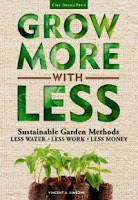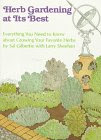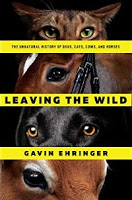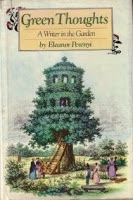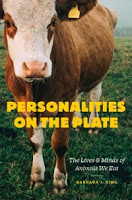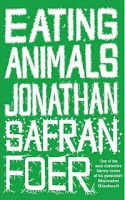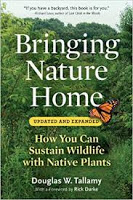Sustainable Gardening Methods
by Vincent A. Simeone
This book looks nice, but was a disappointment for me. It has thick, glossy paper and clear photographs, but they\’re often not identified so you might not know which of the plants in the text is pictured. As the material seems aimed at beginning gardeners, this felt lacking. I do appreciate the message, to use gardening methods that are environmentally friendly and cost effective: saving water, selecting plants that require less care, encouraging wildlife etc. However there wasn\’t much new material in here for me. It wasn\’t interesting until page 90 where I was looking forward to the chapters about integrated pest management and attracting wildlife, but even that felt bland. I dutifully finished the book hoping to glean something, and noticed after a while that a lot of the text is repetitive, there are quite a few typos, and the information never gets deep enough to actually be useful. For example, the charts never tell you much more than the text itself did. One section in the book says you should survey insect pests on your plants regularly and lists things to gather for the task, but then doesn\’t tell you how to use the items. Also, the chapter intros have a printed background of burlap texture, which makes the text annoyingly hard to read (might have worked if the font was bold for those pages). It also tends to veer slightly off-topic sometimes, into other ways you can make your home and landscape more \’green\’. Not just about gardening, and I didn\’t learn a bunch of new ways to recycle and save in the garden like I\’d hoped. So I can\’t recommend it, except to absolute beginners who want a nice general introduction into organic, sustainable gardening.
Rating: 2/5 192 pages, 2013
